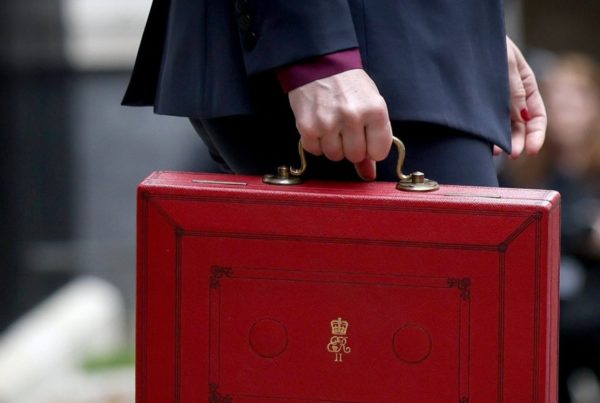
One of the main reasons that property investors tend to veer towards HMO investment rather than Buy-to-let properties, is that the yields are higher and is likely to generate more rental income in a shorter period. More tenants mean higher rental income, and the more tenants you have, the higher the yield.
A HMO is generally defined as three or more people, who are not related to each other, living under the same roof and sharing communal spaces, such as a kitchen and bathroom. More commonly, HMOs can have five or more tenants living under the same roof and this is classed as a ‘large HMO’.
But what are the differences between large and small HMOs and does size matter after all? Well, it depends on how keen you are to maximise your income, and how long you want to spend doing so. To help, we’ve summarised the pros and cons of both below.
Small HMOs
A small HMO is usually the size of a three-bedroom family house. In theory, you could buy the same three bedroom house that could be rented to a family on the same tenancy agreement but instead, rent the rooms individually on different tenancy agreements and call it an HMO.
Pros
- It’s cheaper to buy a small property.
- You won’t require an HMO licence from the council, unless the area has an Article 4 Directive in place
- You won’t need planning permission.
- It’s easy to ‘trade up’ i.e. by transforming the sitting area into another bedroom, developing the loft etc., as long as there is still space for a generous communal area and kitchen.
- Refurbishment work would be minimal, faster and cheaper, allowing for the property to be tenanted fairly quickly and start generating an income
- It won’t take long to get it up-and-running.
- Easier to manage because fewer tenants also mean less potential problems and voids to deal with, maintenance issues, wear and tear and neighbour complaints.
Cons
- The rooms would still be subject to minimum size requirements.
- Fewer rooms mean less profit.
- The opportunity to add immediate value through development profits will also be reduced.
Large HMOs
A large HMO can be anything from five rooms to 15 (and above). Investors may convert a former B&B or hotel into a large HMO. Others have been known to target disused nursing homes.
Pros
- You’ll need a lot of capital to buy such a large property.
- More tenants result in higher profits.
- Easier to buy a large property as there’s less competition.
- There may be more tenants, but your costs won’t increase per person.
Cons
- Redevelopment can take ages.
- You’ll be forking out a lot of money initially without any rental income.
- There may be issues with both planning permission and licensing initially.
- More tenants mean more work, and more hassle.
- You’ll have to organise regular inspections and fire drills to comply with strict HMO fire safety legislation.

What’s right for you?
Actually, there is no wrong or right answer. Both small and large HMOs come with advantages and disadvantages. The key, when deciding which size of HMO to invest in, is to think about your long-term goals. You should consider factors such as how much time you are willing to give, how much money you want to invest in and how experienced you are in property.
If your goal is to achieve a high level of income, then you should take into consideration the potential income of each individual room. Bear in mind that you could potentially generate the same gross rental income with two 8-bedroom HMOs as you could with four 4-bedroom HMOs.
The time it takes to manage tenants in a property doesn’t depend only on the number of tenants living in a property but also tenants living in different properties in different locations. So, if you have to manage 5 tenants in different locations, it will be more time consuming than managing 10 tenants in the same location.
However, there may be issues if you want to resale your large HMOs as not many investors are interested, whereas smaller HMOs can, more easily, be converted back into family homes. If you’re not intending on holding your HMO investments for the long-term, or want to increase your chances of achieving a quicker sale in an emergency, having smaller properties in your portfolio is a good idea.
Finally, the size of your HMO investment depends on how much capital you have to start with, and the available investment options in your desired location, but having a diverse portfolio of HMOs is never a bad thing. Just remember that if you don’t have much experience in the property industry, then it might be a better idea to start with a small HMO.
Why become a Franchisee
Here at Sourced many of our franchisees have bought and managed HMOs of varying sizes. If you’ve set your heart on an HMO but have little experience in the world of property, then our HMO experts can tell you everything you need to know and guide you every step of the way.
We offer many training opportunities, from induction training to educational events and webinars. We can also help you find a suitable property and direct you to finance opportunities. Last but not least, our HMO specialists will provide you with ongoing tenant support and help you manage your projects. o find out how Sourced Franchise can help you generate an income from HMOs, download your copy of our Sourced Network prospectus.




